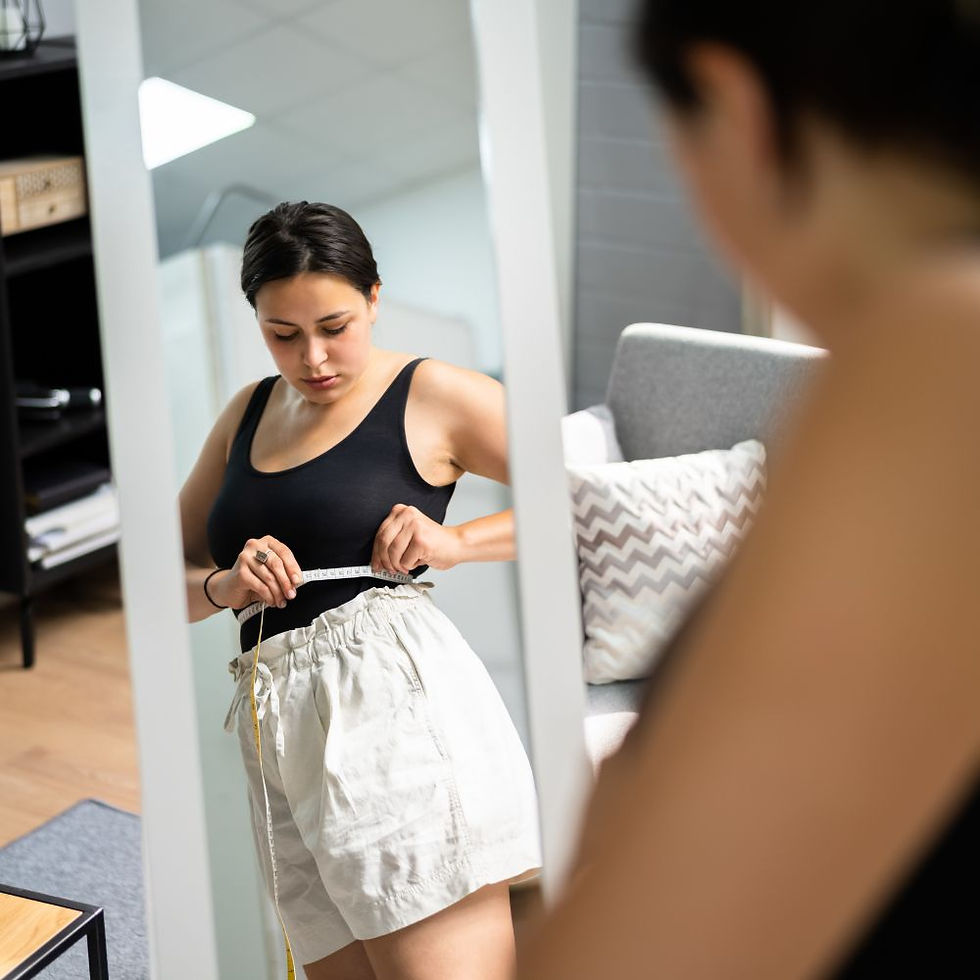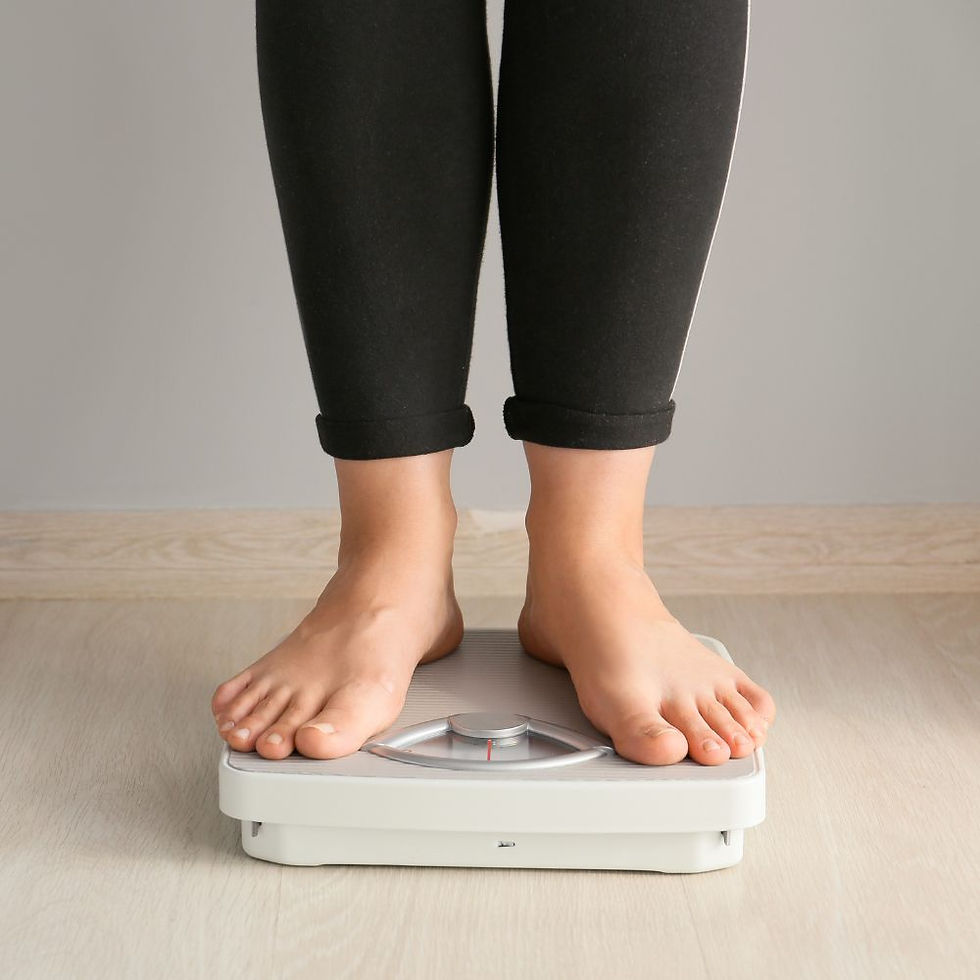
Why Your Lifestyle Work Starts Before You Stop
The best way to prepare for life after the pen is to work on your lifestyle now, not later.
That means getting intentional about:
How and when you eat
Your relationship with food
Daily movement and routines
Your mental and emotional patterns around weight and identity
If you're not already exploring those areas, head over to the Tuning In section; it’s full of real-world support around mindset, food, and creating a sustainable post-GLP-1 life.
TL;DR
You’ll know it’s time to stop when your prescriber agrees it’s safe and you feel ready to take back the wheel. Expect some natural changes, but don’t let fear drive your decisions. Use the time while your jab is still working to build a routine that you can keep going, because this part of the journey is just as important as where you started.
Are You Really Ready?
Even with professional support, there’s a personal piece to this, too, listening to your body and your habits.
Ask yourself:
Am I consistently eating balanced meals without relying on the medication to stop me?
Do I feel physically and mentally steady in my routine?
Are my cravings and food decisions manageable without major effort?
Have I built a lifestyle I could keep living without the appetite suppression?
If the answer to most of these is yes, you might be close.
But if the idea of stopping the jab sends your brain into full panic mode, or if you're still depending on it to keep hunger or food noise in check, it’s okay to wait a little longer.
Yes, Some Weight Rebound Is Normal
Even with the cleanest diet and best intentions, some weight gain is very common after stopping a GLP-1. It doesn’t mean you’re failing. Your appetite regulation is shifting, and your body is adjusting to making decisions on its own again.
This is why building your habits while still on the medication is so important. It’s much harder to suddenly introduce structure when the training wheels are off. If the jab has been making all the decisions for you, it’s time to start tuning back in and taking the reins, even just a little at a time.
Coming off GLP-1s like Mounjaro or Ozempic isn’t as simple as ticking a box once you hit your goal weight. It’s a bigger question, one that blends science, self-awareness, and timing. And it’s totally normal to feel unsure.
Let’s walk through how to approach it and what to keep in mind if you’re wondering whether your GLP-1 journey is coming to an end.
Your Prescriber Should Lead the Way
First things first, you should never stop your GLP-1 medication without talking to your prescribing professional.
They’ll look at more than just the number on the scale. Things like your blood sugar control, metabolic health, side effect history, and how stable your weight has been all play a role in whether it’s a good time to taper off. They may also recommend reducing your dose gradually rather than stopping all at once.
This is where the phrase “medical supervision” actually matters. Even if you're feeling ready, your provider can help you step down safely and avoid unnecessary setbacks.
Bite-Sized Podcasts
Listen to this article as audio

Published:
17 Jul 2025
Updated:
6 Oct 2025
How Do I Know When It’s Time to Stop Taking GLP-1s?
Staying On Track

Helpful Companions For Your Weight Loss Journey
From meal ideas to daily tracking, these digital tools are designed to make life on GLP-1s a little easier.








.jpg)
.jpg)
.jpg)
.jpg)